

- RFQ
- BOM
-
Contact Us
Tel: +86-0755-83501315
Email: sales@sic-components.com
- Chinese
- English
- French
- German
- Portuguese
- Spanish
- Russian
- Japanese
- Korean
- Arabic
- Irish
- Greek
- Turkish
- Italian
- Danish
- Romanian
- Indonesian
- Czech
- Afrikaans
- Swedish
- Polish
- Basque
- Catalan
- Esperanto
- Hindi
- Lao
- Albanian
- Amharic
- Armenian
- Azerbaijani
- Belarusian
- Bengali
- Bosnian
- Bulgarian
- Cebuano
- Chichewa
- Corsican
- Croatian
- Dutch
- Estonian
- Filipino
- Finnish
- Frisian
- Galician
- Georgian
- Gujarati
- Haitian
- Hausa
- Hawaiian
- Hebrew
- Hmong
- Hungarian
- Icelandic
- Igbo
- Javanese
- Kannada
- Kazakh
- Khmer
- Kurdish
- Kyrgyz
- Latin
- Latvian
- Lithuanian
- Luxembou..
- Macedonian
- Malagasy
- Malay
- Malayalam
- Maltese
- Maori
- Marathi
- Mongolian
- Burmese
- Nepali
- Norwegian
- Pashto
- Persian
- Punjabi
- Serbian
- Sesotho
- Sinhala
- Slovak
- Slovenian
- Somali
- Samoan
- Scots Gaelic
- Shona
- Sindhi
- Sundanese
- Swahili
- Tajik
- Tamil
- Telugu
- Thai
- Ukrainian
- Urdu
- Uzbek
- Vietnamese
- Welsh
- Xhosa
- Yiddish
- Yoruba
- Zulu
- Kinyarwanda
- Tatar
- Oriya
- Turkmen
- Uyghur
How to increase amplifier stability?
Figuring out how to increase amplifier stability—well, it’s not just about adding a capacitor here or a resistor there. It’s about understanding why amplifiers oscillate or become unstable in the first place. Most of the time, it’s a feedback loop issue. Amplifiers rely on negative feedback to set gain and linearity, but if that feedback signal gets delayed or phase-shifted just enough, it can turn into positive feedback. And positive feedback? That’s when things start to ring, or oscillate, or just behave unpredictably.
Let me start with the basics: layout. I’ve seen so many designs fail because the PCB traces were a mess. Long input leads, especially for high-frequency signals, act like antennas, picking up noise that gets fed back into the loop. Keep the input and output traces short, separate them if you can, so the output doesn’t couple back into the input. Ground planes help—a solid, continuous ground plane under the amplifier can reduce parasitic inductance and capacitance, which are big culprits for phase shifts. I once fixed a 100MHz amplifier that kept oscillating by simply moving the feedback resistor closer to the IC pins. The original layout had the resistor an inch away, creating a small loop that acted like an inductor. Shortening that trace made the oscillation stop.
Then there’s compensation. Most op amps come with internal compensation, designed to be stable for unity gain, but if you’re using them in a higher gain configuration, or with capacitive loads, that might not be enough. Adding a small capacitor in the feedback path—maybe 10pF to 100pF—can roll off the high-frequency gain, preventing the phase shift from reaching 180 degrees (that’s the point where negative feedback becomes positive). But you have to be careful not to overdo it. Too much compensation slows down the amplifier, making it sluggish for fast signals. It’s a balance—between stability and bandwidth. I tend to start with the datasheet’s recommended compensation values, then tweak from there.
Capacitive loads are another headache. A long cable, a big capacitor at the output—they add phase lag, which can destabilize the loop. Some amplifiers have built-in output current limiting or snubber circuits to handle this, but if yours doesn’t, adding a small series resistor (like 50 ohms) between the amplifier output and the capacitive load can isolate it. The resistor dampens the resonance between the amplifier’s output impedance and the load capacitance. It’s a simple fix, though it does reduce gain slightly. Better than an oscillating output, though.
Power supply decoupling is something people overlook, I think. Amplifiers draw current in pulses, especially when switching, and if the power supply can’t respond quickly, it creates voltage dips that get fed back into the circuit. A good decoupling capacitor—100nF ceramic, placed as close to the IC’s power pins as possible—provides a local energy source, smoothing out those pulses. For high-power amplifiers, a larger electrolytic capacitor (1µF to 10µF) in parallel can help with lower-frequency fluctuations. I’ve seen amplifiers stabilize instantly after adding proper decoupling—no other changes needed. It’s amazing how much noise a bad power supply can inject.
Gain setting matters too. Amplifiers are more stable at higher gains, generally. At unity gain (gain = 1), the phase margin is often the smallest, making them more prone to oscillation. If you can design your circuit to run at a higher gain—say, 10 instead of 1—you might avoid stability issues altogether. Of course, that’s not always possible, but it’s worth considering. Sometimes adding a small amount of positive gain in the feedback network (carefully) can improve phase margin, though that’s a trickier adjustment and easy to mess up.
Temperature plays a role, too. Components change with heat—resistors drift, capacitors change value, the amplifier’s own parameters shift. An amplifier that’s stable at 25°C might oscillate when it’s hot. That’s why it’s important to test stability over the full operating temperature range, not just on your bench. I’ve had to rework circuits because they passed cold tests but failed when heated up. It’s a hassle, but skipping it can lead to field failures.
At the end of the day, increasing amplifier stability is about managing phase shifts in the feedback loop. Every component, every trace, every connection adds some phase lag—your job is to keep that lag small enough that negative feedback stays negative. It’s not always straightforward, and there’s a lot of trial and error involved. But once you get a feel for how each part affects the loop—how a capacitor here or a resistor there changes the response—it gets easier. And honestly, there’s a certain satisfaction in taming an unruly amplifier, getting it to behave exactly as it should.
https://www.sic-components.com

Hot Products
View MoreRelated Blogs

2000+
Daily average RFQ Volume

30,000,000
Standard Product Unit

2800+
Worldwide Manufacturers

15,000 m2
In-stock Warehouse




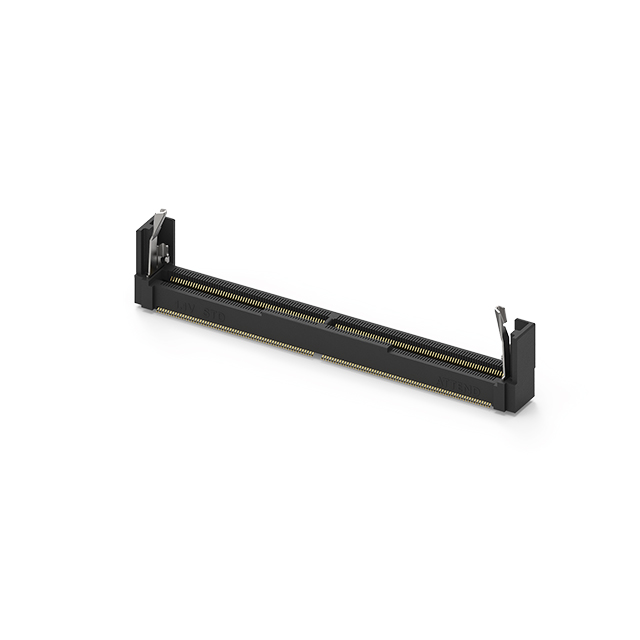
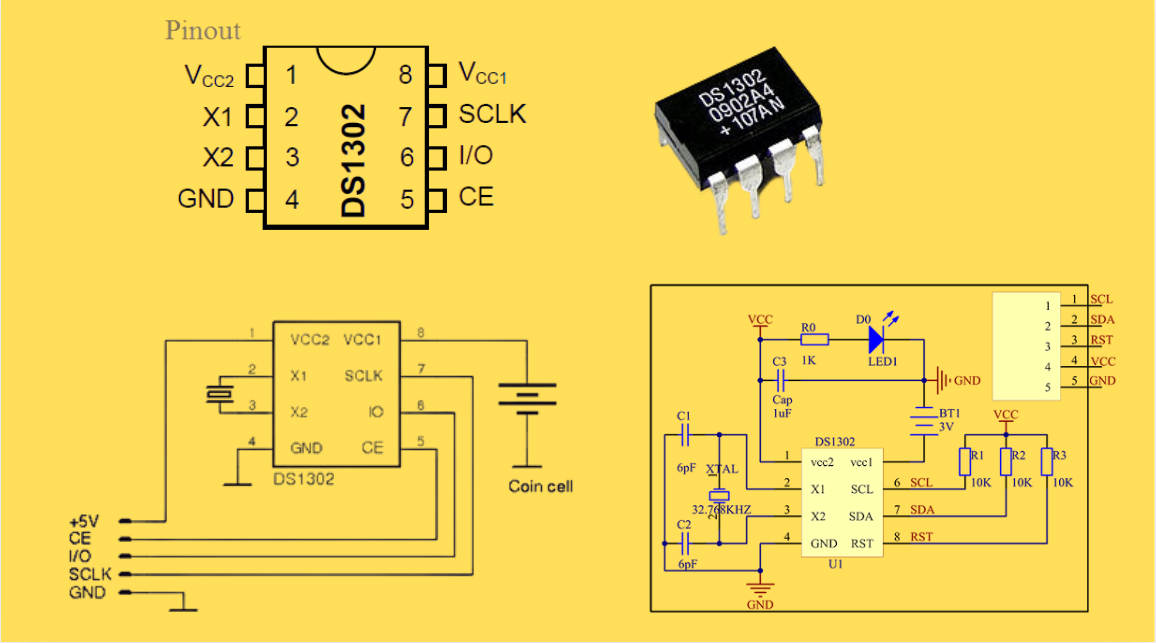

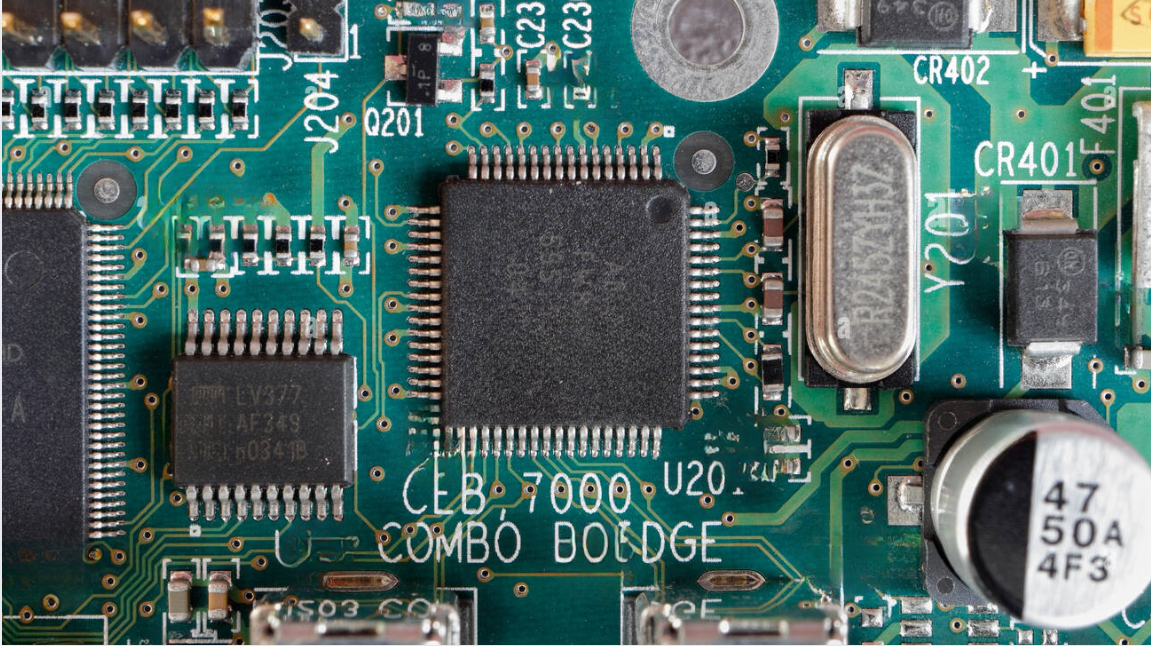
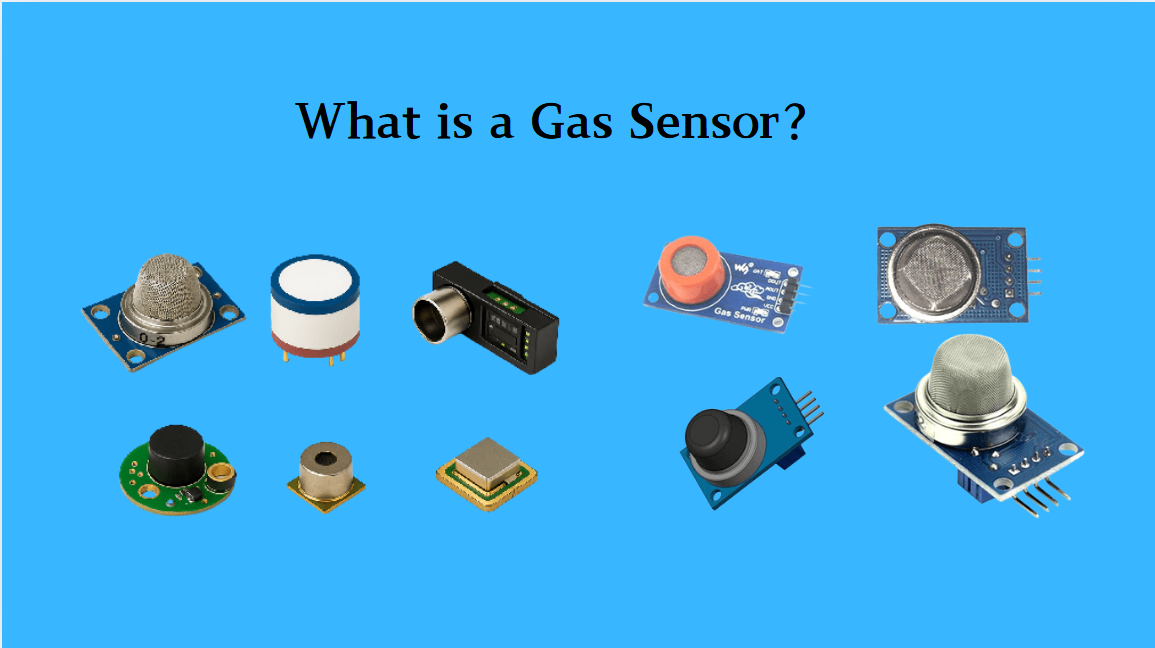

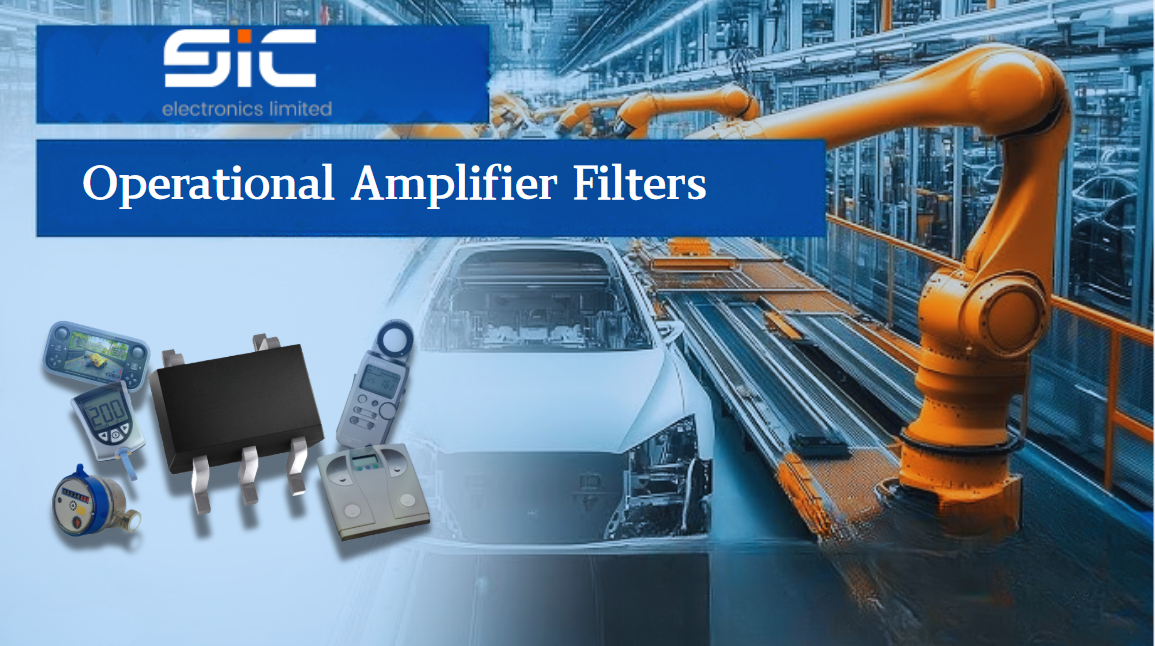
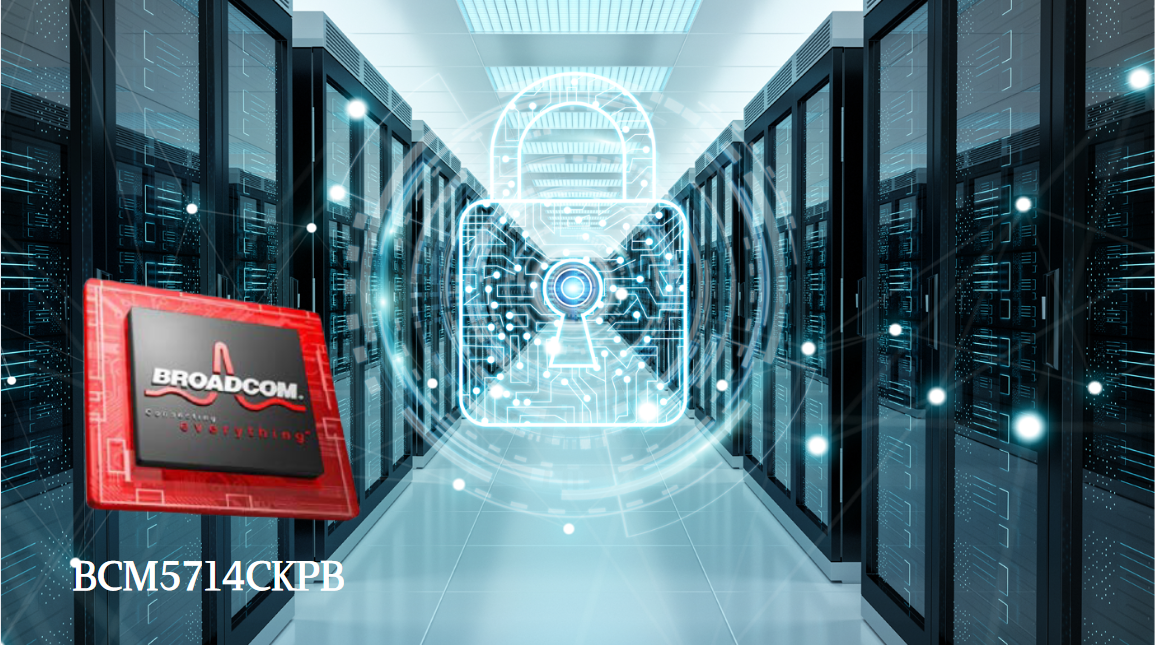
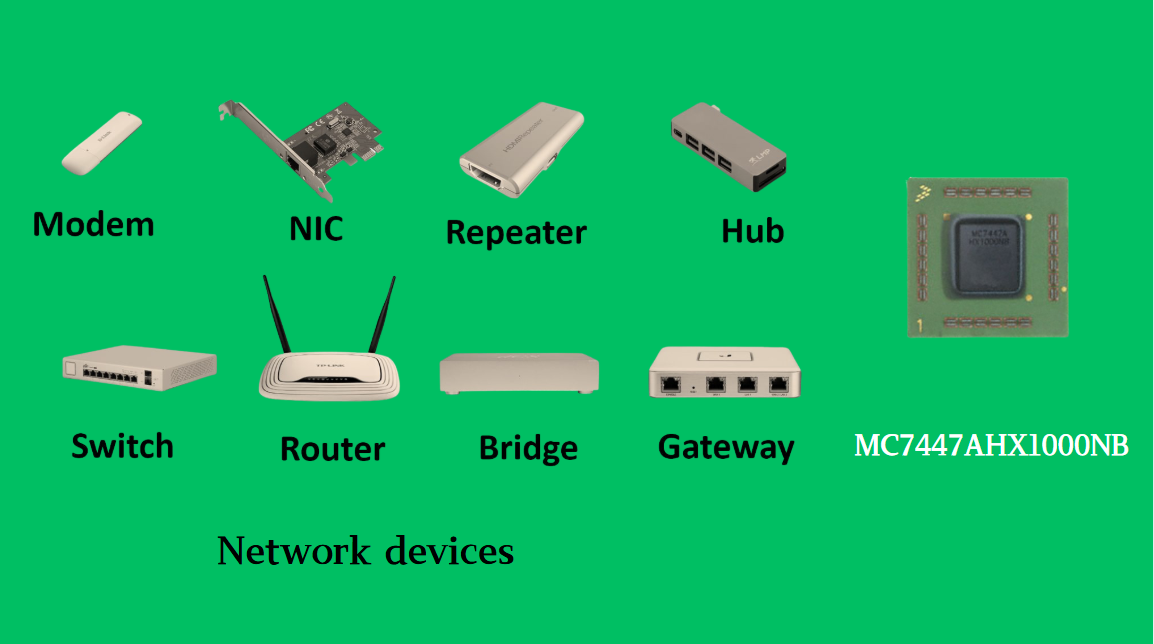
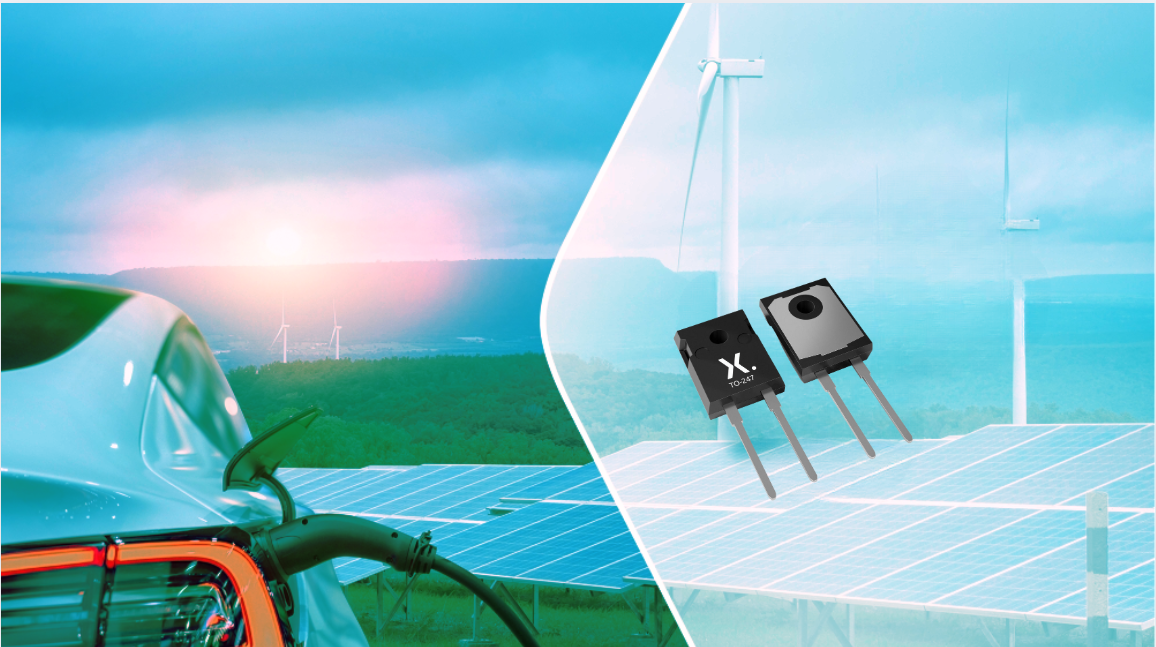
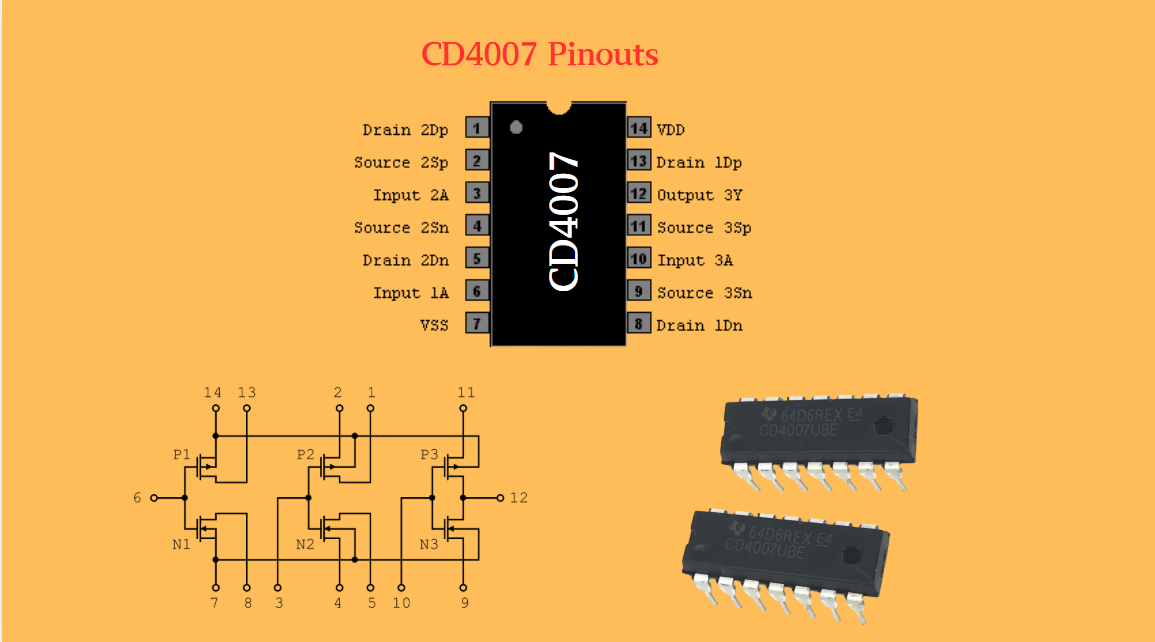
 Wishlist (0 Items)
Wishlist (0 Items)